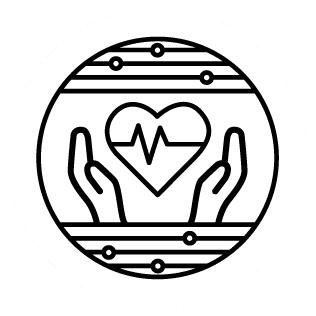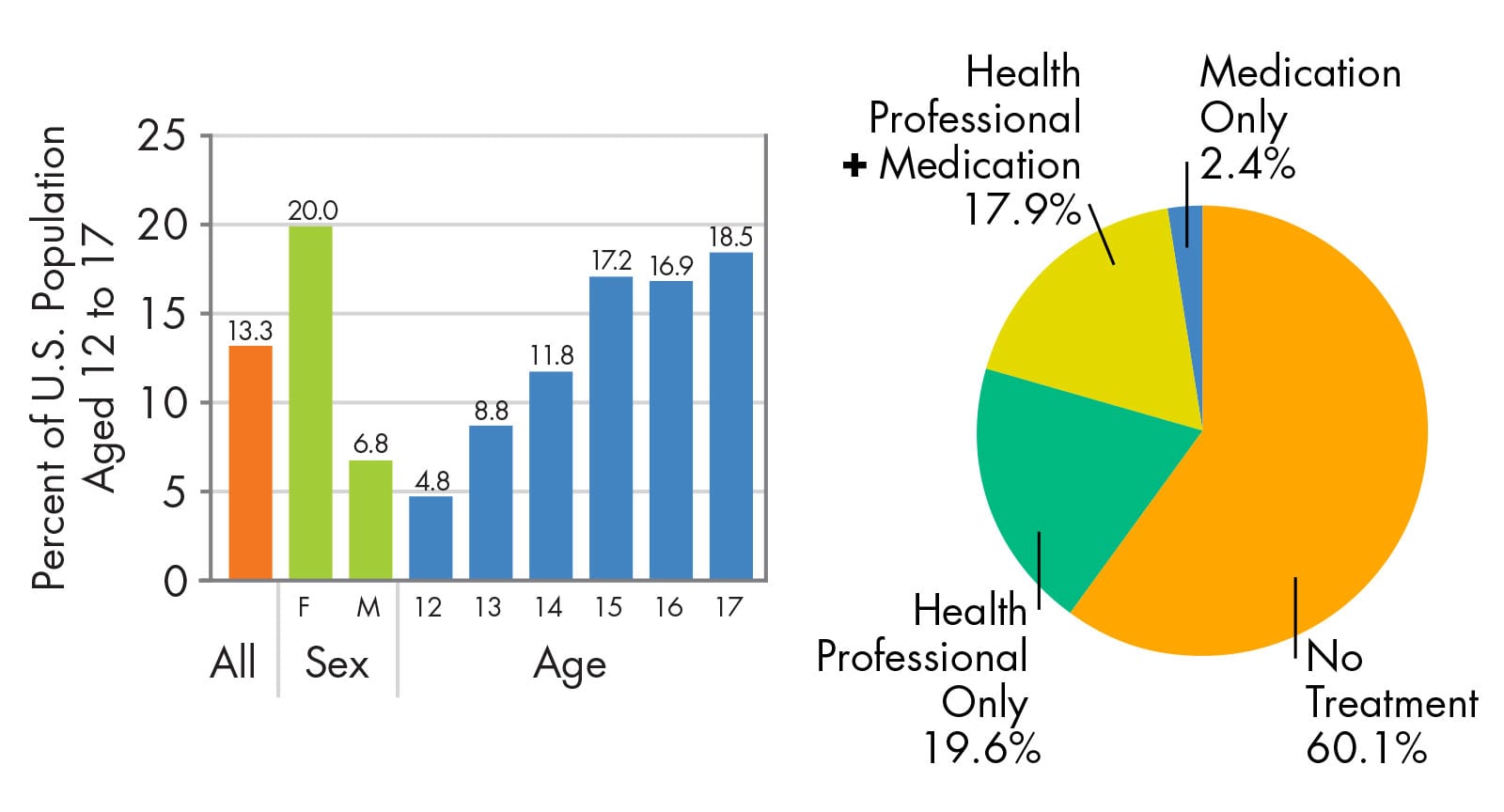Why is it important to act when people are young?
Because 75% of mental and emotional disorders develop by the early 20s. Researchers have been learning about the factors that support mental health—and those that contribute to the development of problems—such as the genetic influences and characteristics of a child’s family, social environment, and the wider community. Circumstances such as family dysfunction, community violence, poverty, or exposure to environmental toxins may all negatively affect a growing child’s mental health.
While there is no known way to prevent major psychiatric disorders such as schizophrenia, bipolar disorder, or autism—which appear to have biological underpinnings—there is much that can be done to reduce the incidence of common mental health disorders, including anxiety, depression, and substance use.














